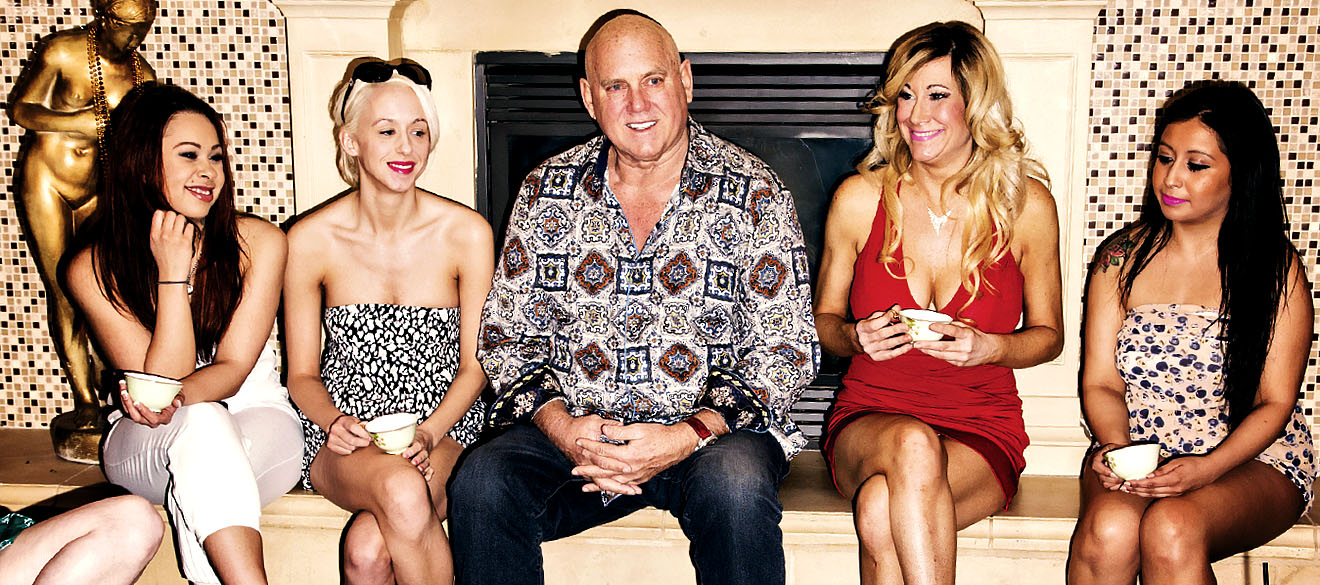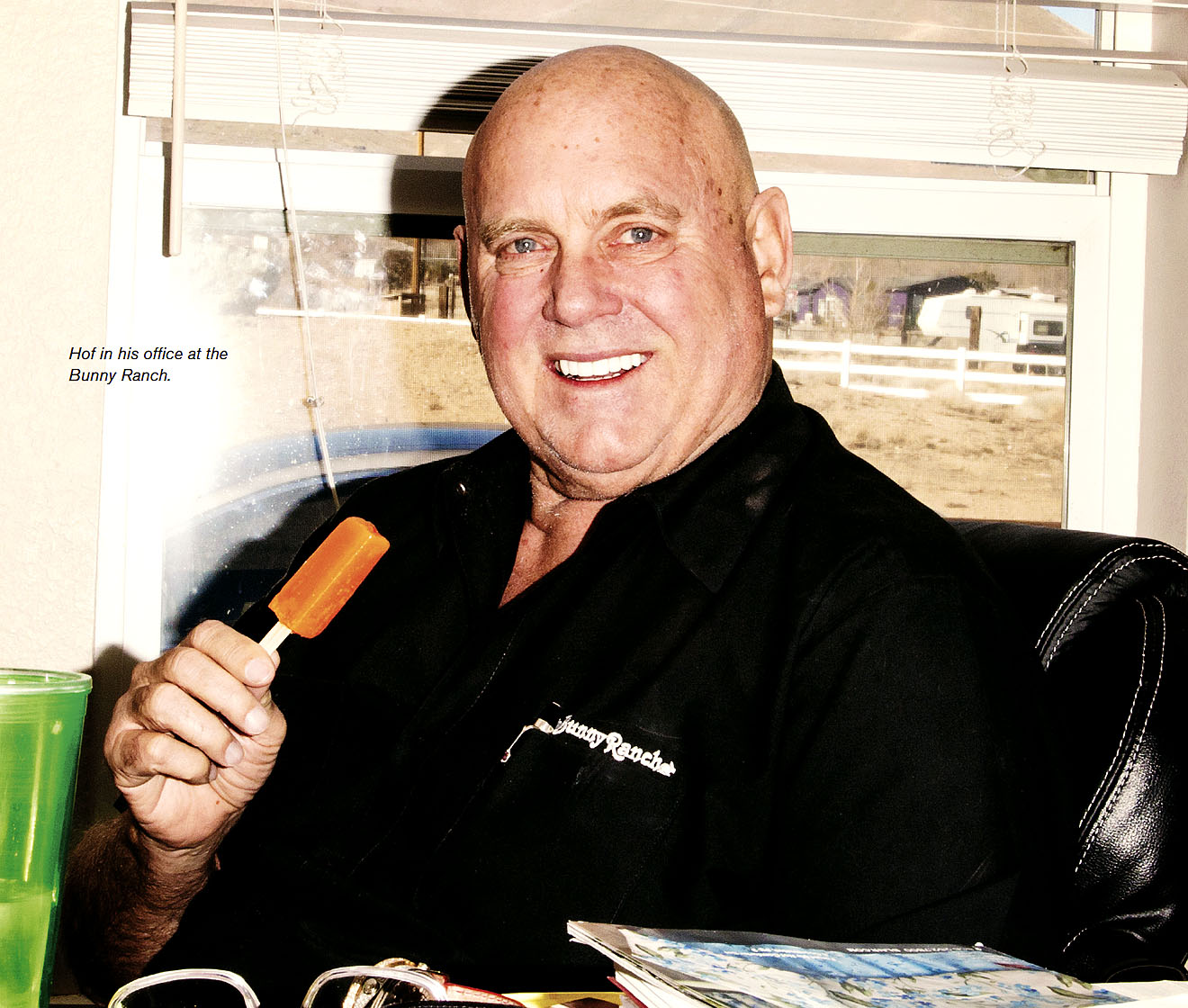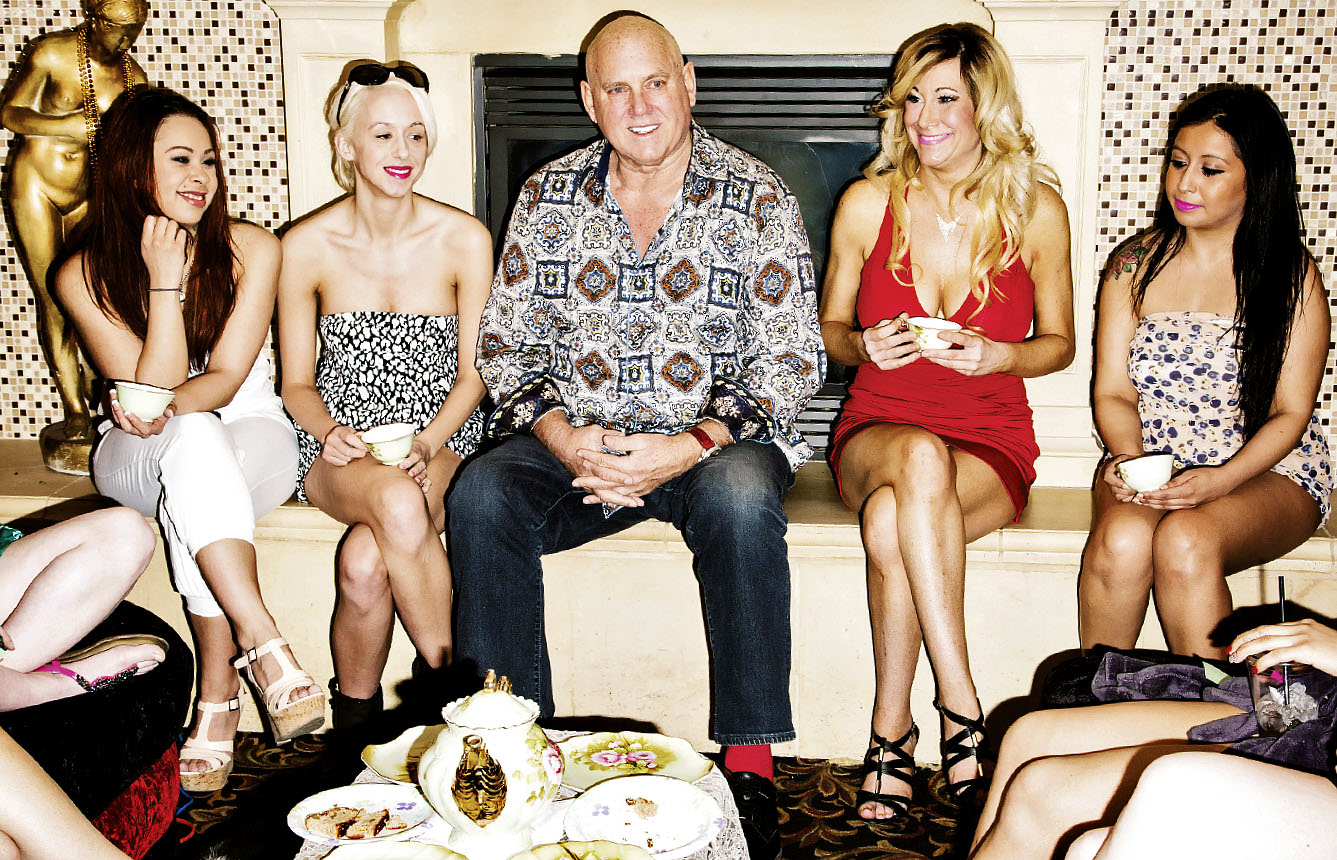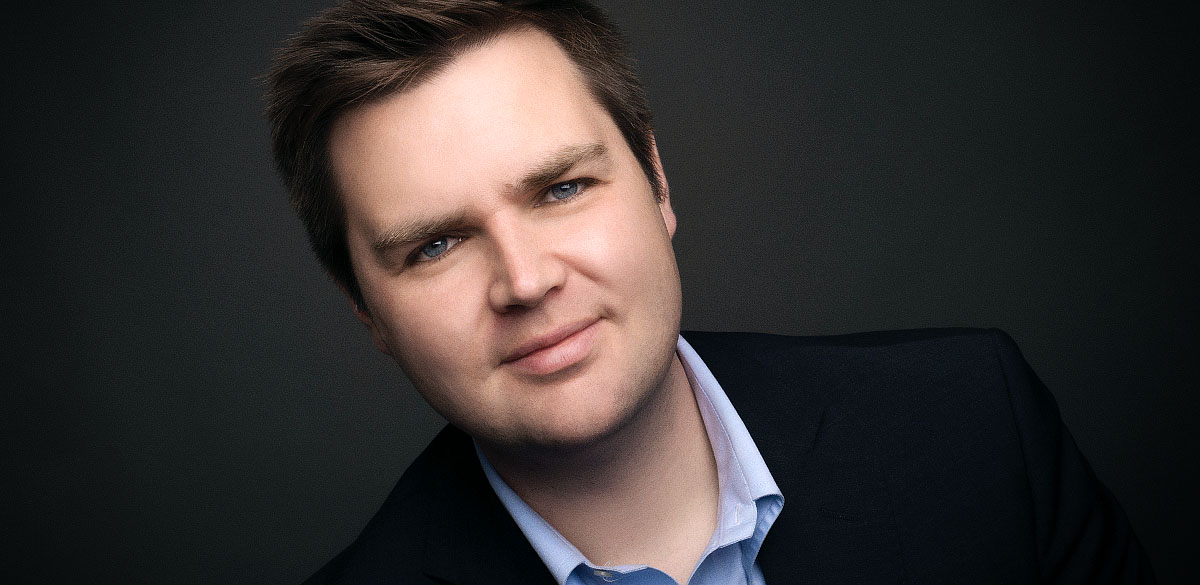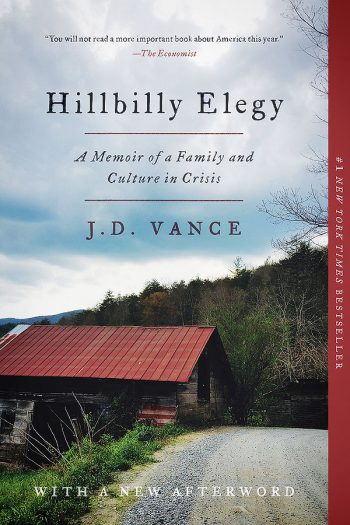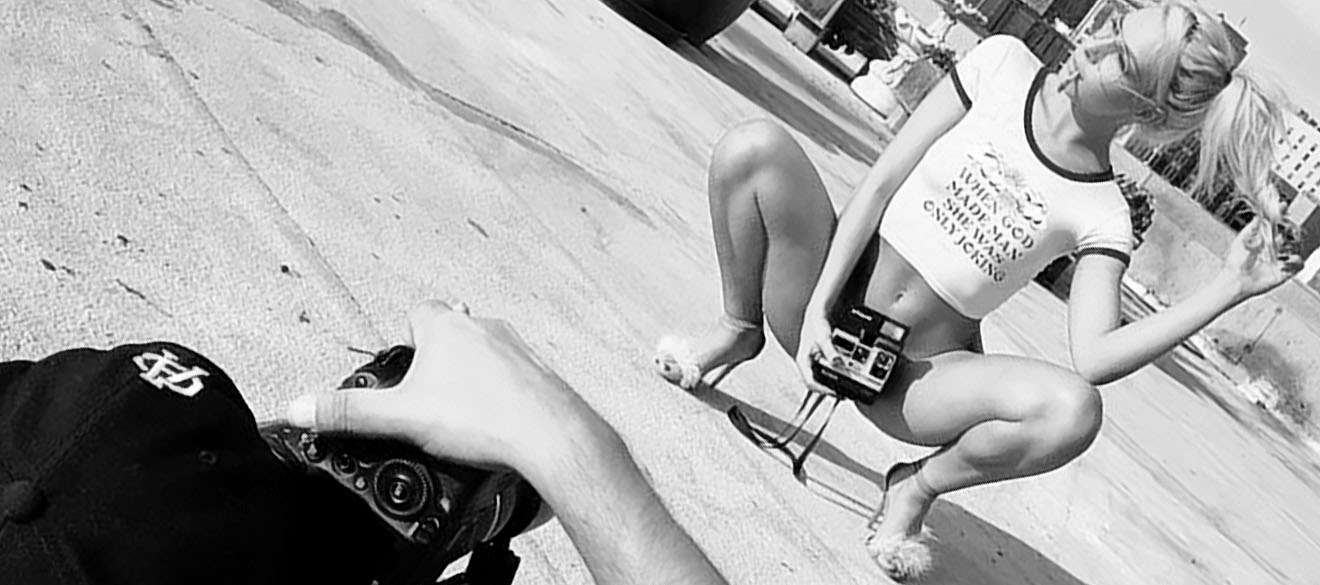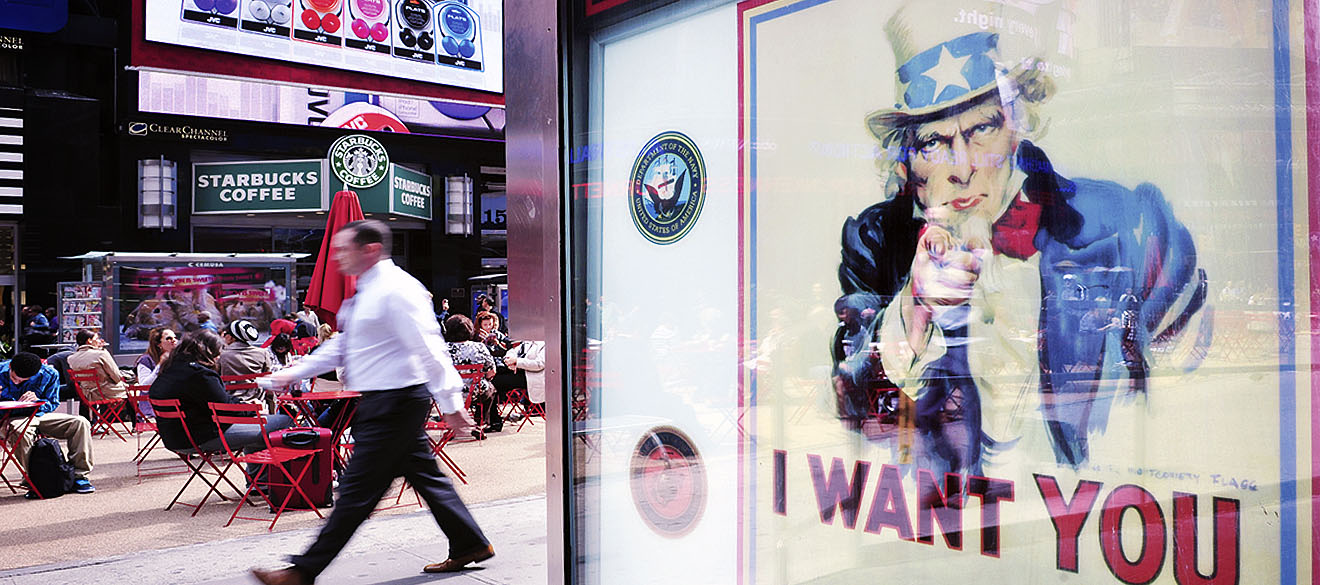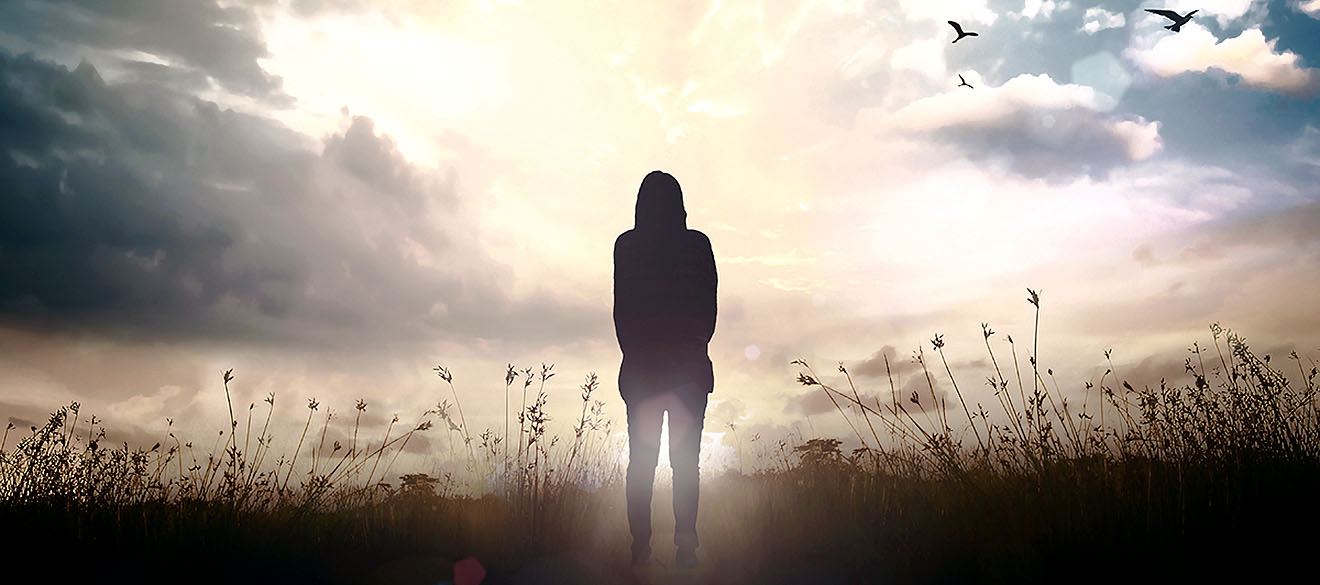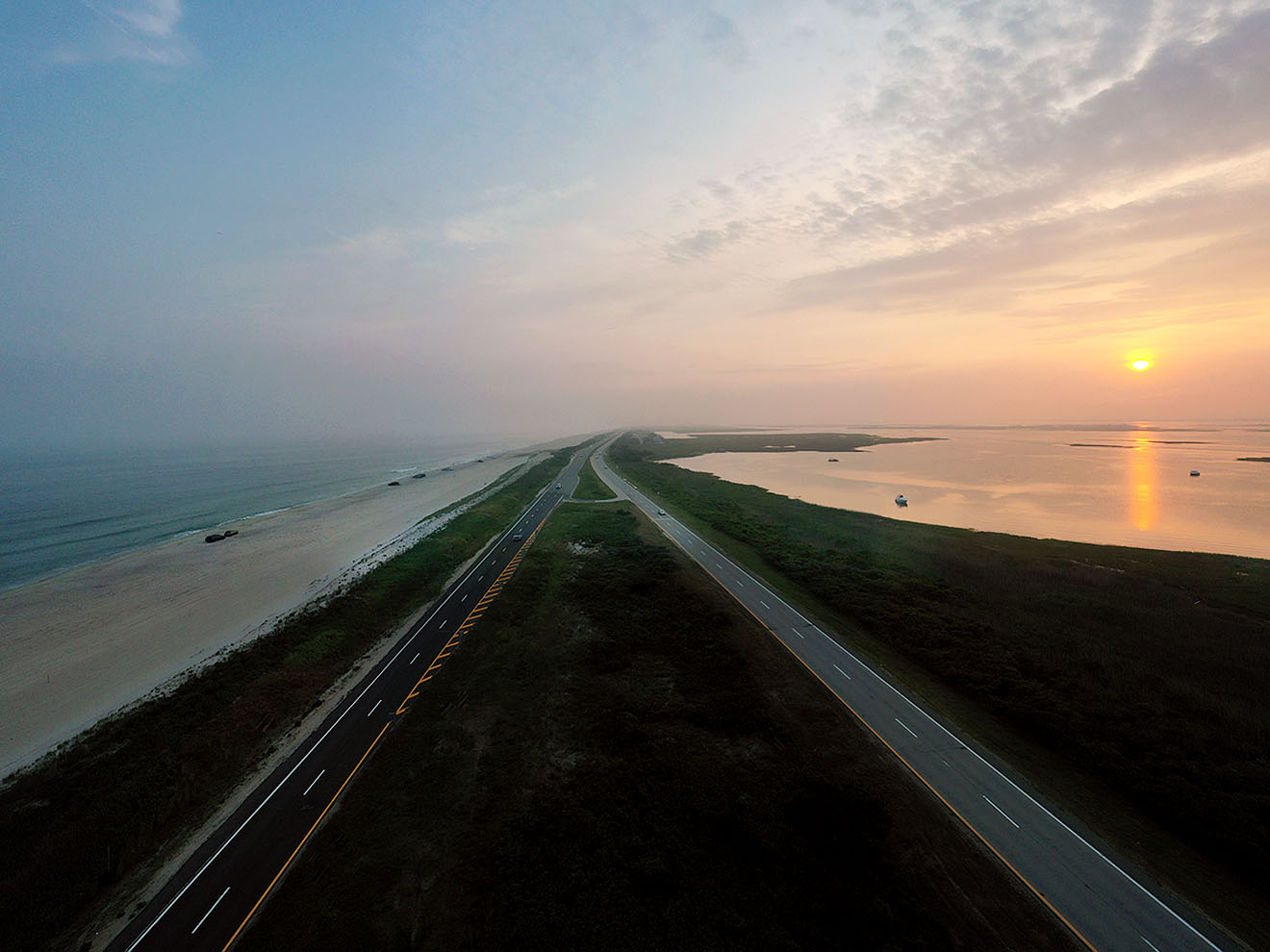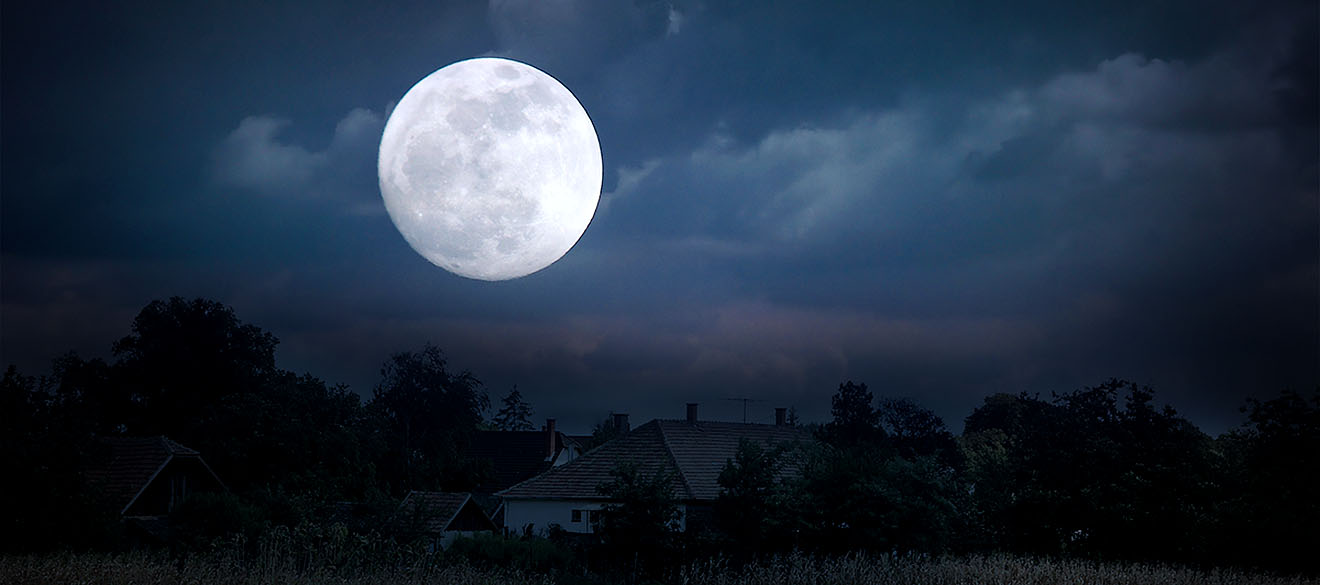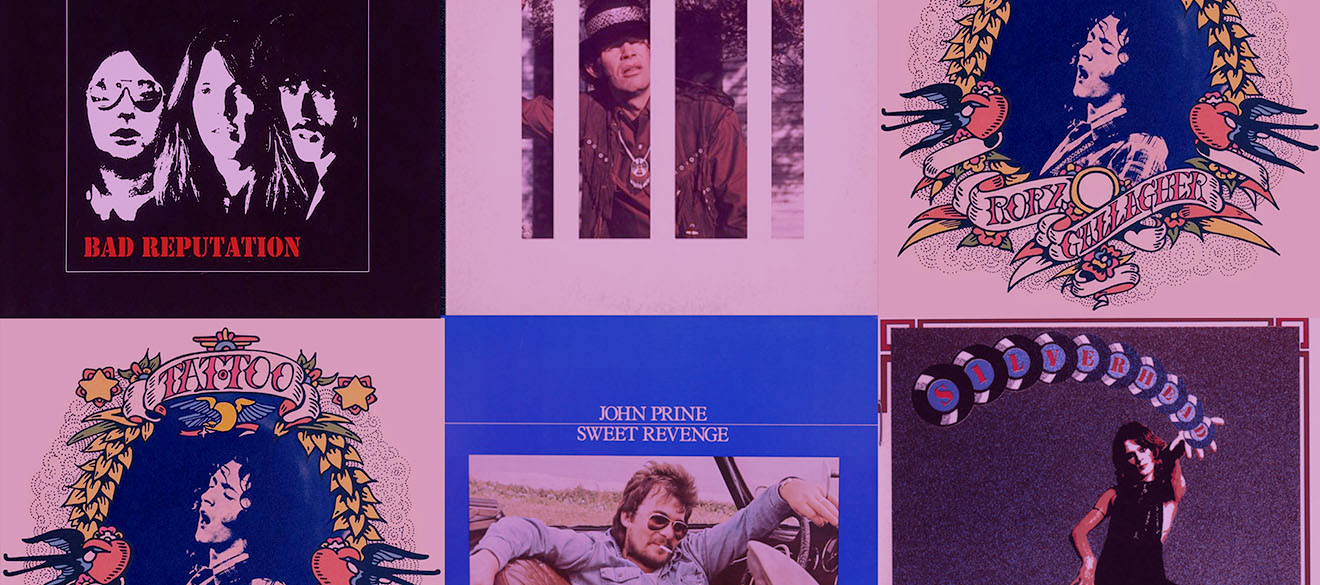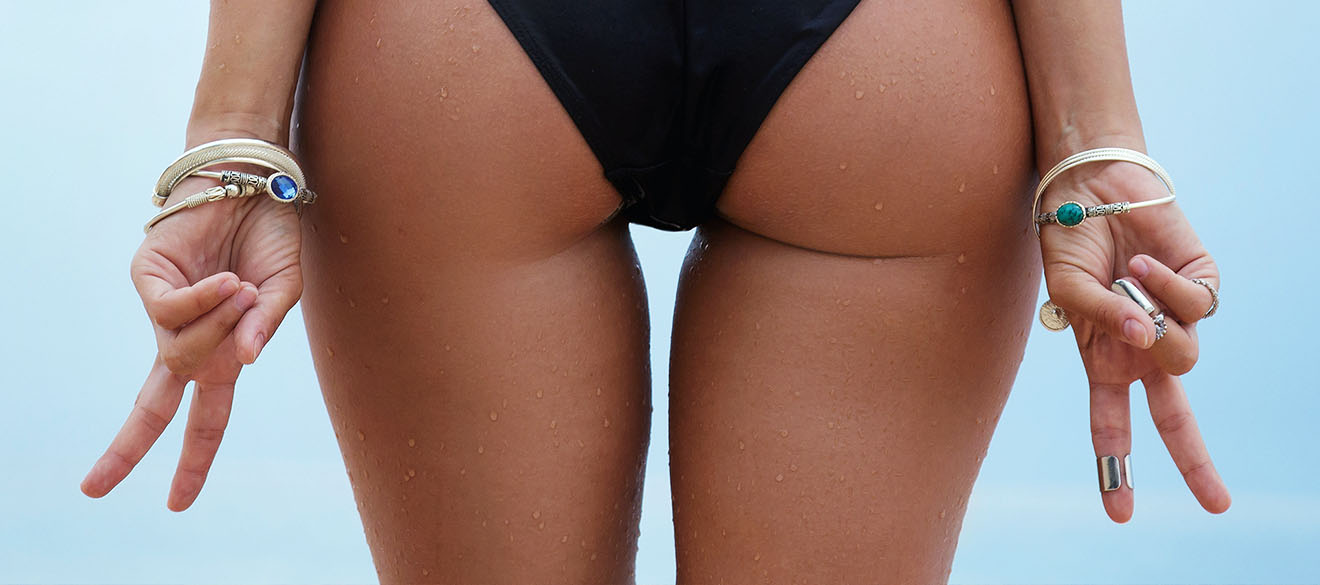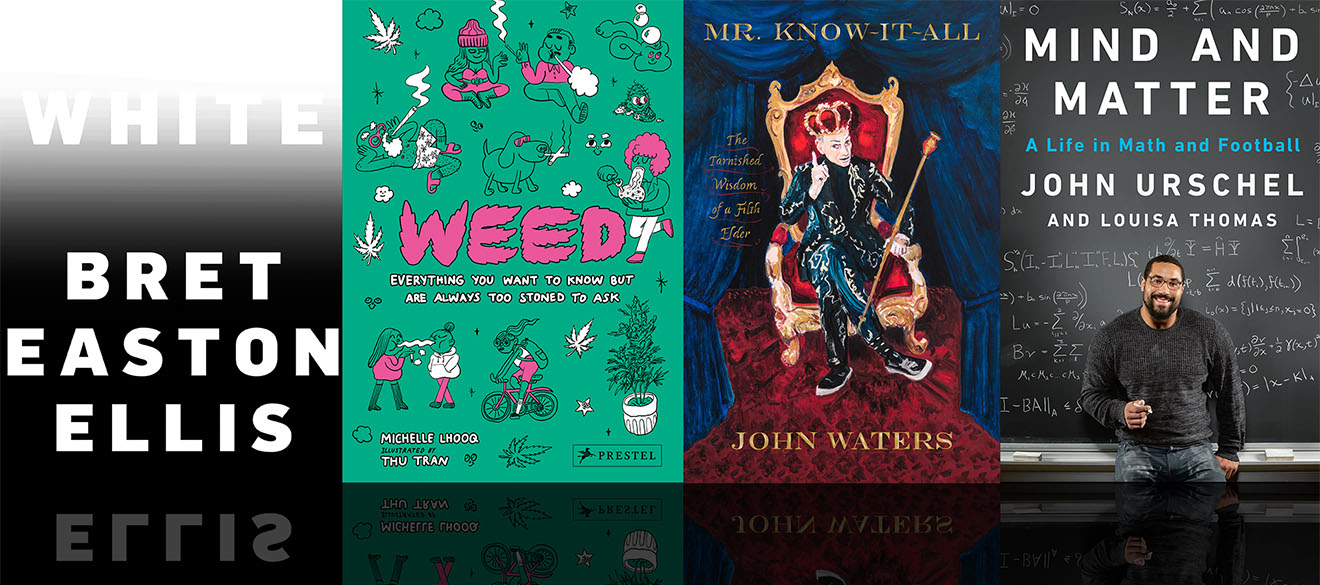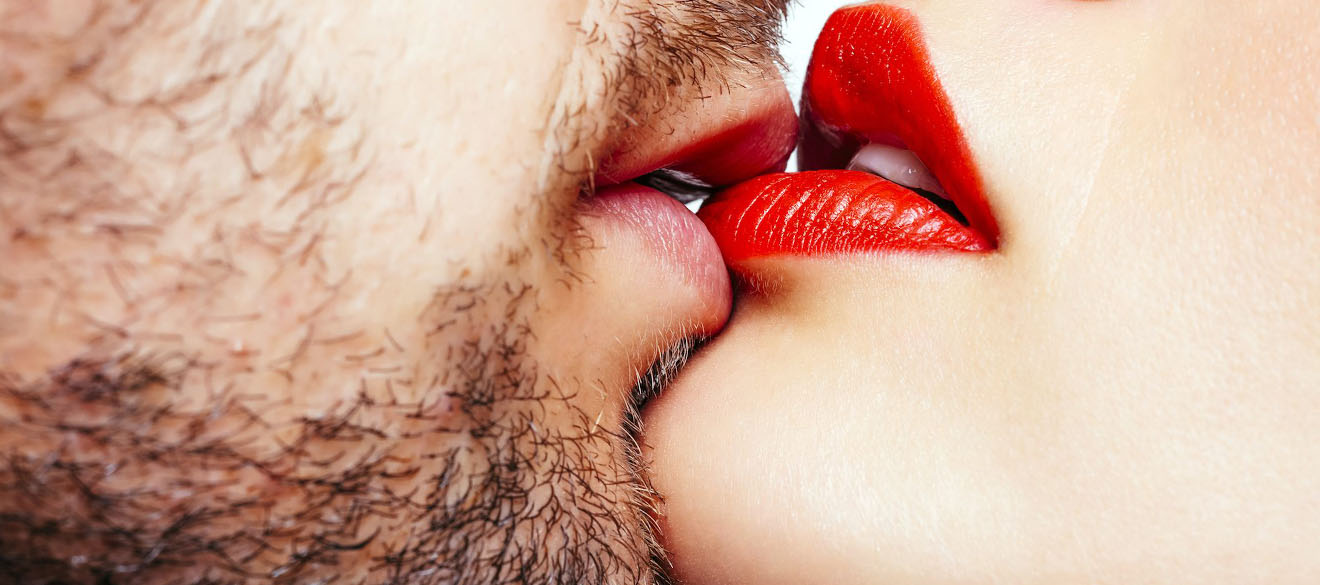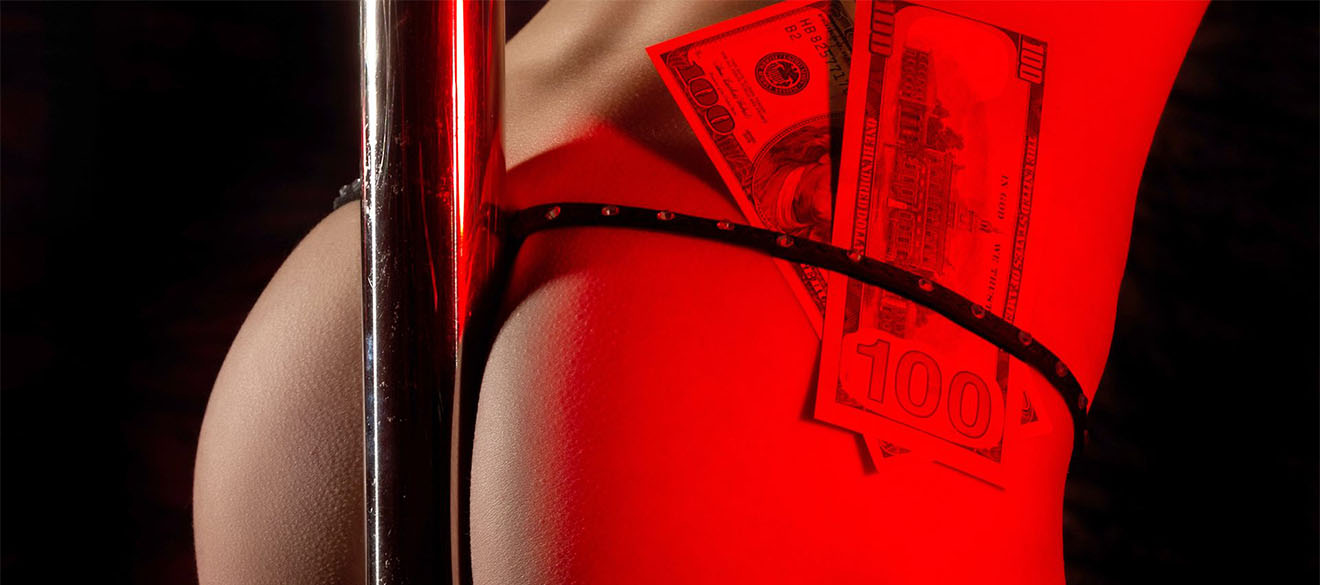After the larger-than-life owner of the Moonlite Bunny Ranch died, his whores asked, “What would Dennis want us to do?” Alice Little, America’s highest-earning legal prostitute, concluded he would want her to charge a john to be her funeral date. When I wondered what Dennis would want me to do, I concluded he would want me to write. Dennis loved free press as much as pussy.
I first met him in 2015. To promote his memoir, The Art of The Pimp, Dennis had invited me to live at the Bunny Ranch for a week. When I arrived, the night madam led me to a room that had three fireplaces, vertical blinds, and a view of a wooden porch shaped like Ron Jeremy’s penis. I woke up to the sound of a hooker blasting Lana Del Rey’s “Born to Die.” Dennis’s first words to me that morning: “Heigh ho, heigh ho, it’s off to work we go!” His fantasyland seemed like a parody of a parody of a brothel.
I was skeptical of Dennis—press releases like “PROSTITUTES FOR RON PAUL” prepared me for a man who spoke in sound-bites—but over Heidi Fleiss Veggie Burgers at the Bunny Ranch restaurant, Dennis confessed his public image was a facade. For instance, he always held a cigar in photos, but actually never smoked. Larry Flynt had told him, “Never let them take your picture without a cigar.” When Dennis lied, he winked. He told the truth even when he fibbed. He was not a Hugh Hefner, who claimed Playboy’s nude pictorials were art, superior to pornography. Dennis learned radical honesty reading Flynt’s Hustler, Al Goldstein’s Screw, and Bob Guccione’s Penthouse, the canon of smut.
As a working-class boy in Arizona, Dennis loved dirty magazines and idolized big-breasted blondes with nasty attitudes. The legend goes Marilyn Monroe kissed an eight-year-old Dennis on the cheek at the Arizona State Fair, inciting his first erection. In his memoir, Dennis writes, “Marilyn Monroe has just sealed my fate. To this day, I can’t resist a glammed-up blonde, especially if she’s got red lips.” Marilyn was a kind creature, whereas Dennis’s mother scared him. She dominated his weak father; masturbation was Dennis’s respite. When he grew up, Dennis swore he would control his own fate. He was thinking he’d own gas stations.
The public only met Dennis when the 52-year-old brought his brothels into American homes via the HBO reality show Cathouse. Dennis bought the Bunny Ranch in 1993, at age 47. This purchase marked the start of his fourth career.
Throughout his teen years, Dennis worked at a gas station. After he knocked up Shirley, his high school sweetheart, and first wife, he began managing the pump, saving every paycheck. He leased a decaying gas station in the late sixties, and by 1971, he was the owner of five filling stations. During the seventies and eighties, Dennis reinvested in three different businesses: a towing company, a parking garage, and a time-share sales operation.
He was miserable. According to The Art of the Pimp, Dennis craved more sex. He paged through porn rags like a law student studying for the bar exam, claiming his wife could not keep up with his sex drive. Driving to and from his companies, he passed the Moonlite Ranch. Listening to his gut one day, Dennis swerved into the parking lot.
Inside the run-down, century-old brothel, Dennis experienced a courtesan for the first time. Lounging in her bedroom, post orgasm, he realized he was inside one of the fantasies he had read about in Hustler, Screw, and Penthouse. He also realized he was a dog. And in a brothel, he could embrace his canine instincts. “It’s good to be called a dog,” he told me. “It means you’re man’s best friend.”
America’s least judgmental man was born.
Over the next decade, Dennis kept returning to the Moonlite Ranch. He met sex legends, like Andy Kaufman and Bob Zmuda, and listened to them discuss press stunts and their wildest sexual sojourns. In his memoir, Dennis describes topping them all when he showed up at the Moonlite Ranch with his own dad. Most would gag at the thought of bringing their old man to a whorehouse, but Dennis knew his dad had spent years dreaming of a roll in the hay with someone other than his grouchy wife. He wanted to fulfill his pop’s fantasy. This was Dennis. He accepted—and celebrated—each individual at their basest core.
Many baby boomers digested Hustler, Screw, and Penthouse, and occasionally fucked hookers. They all dreamed of living the lives of porn titans, but Dennis is perhaps the only man who, in middle age, decided to join the sex trade and surround himself with dozens of sexy, curvy women.
When he bought the Moonlite Ranch and rebranded the bordello Dennis Hof’s World-Famous Moonlite Bunny Ranch, he claimed to have spent half a million dollars renovating the place, installing red velvet couches and new bedrooms. Dennis wanted to reach the “sex legend” heights of his idols. He wanted to be the Walt Disney of brothels.
As the Bunny Ranch’s new owner, he changed the rules. Whereas before hookers lived in “lockdown,” banned from leaving the brothel, he let them roam free. The women set their own prices and could now fuck women. At weekly tea time, Dennis lectured the girls on what men wanted and taught a new sales system. A visitor rang a bell, sounding an alarm through the brothel. In their red pumps, hookers clicked down the halls, forming a lineup. They introduced themselves. The man picked his girl. While she led him on a tour of the brothel, the other girls ran into designated spots. If the man lost interest in his first pick, a woman was standing there ready to intercept.
Whereas other pimps hid their techniques and avoided media, Dennis bragged about the mechanics of his operation to the press. He staged elaborate press stunts, like hiring John Wayne Bobbitt as a greeter after his wife Lorena chopped off his cock. On Cathouse, Dennis normalized lineups and sex workers. Feminists compared his methods to a chicken farmer, but as Madam Lydia, one of his employees, pointed out, the lineups decreased women’s emotional labor, as they didn’t have to constantly engage in elaborate, interpersonal seduction-of-customer contests with each other. Dennis’s innovations led to higher sales, and by the end of his life, he had bought the majority of Nevada’s brothels.
Dennis was a shrewd businessman, but he was imperfect. He took half a girl’s earnings—too much—and has been accused of getting violent with some employees. (He denied all accusations.)
Many girls loved him. After his death, hookers tweeted about how he visited them in prison and rehab. When a competing brothel fired a pregnant hooker, he hired her. In the parlor, he rubbed her belly, jokingly calling the fetus “Dennis Jr.”
Perhaps Dennis’s controlling tendencies stemmed from his love of hookers. “Women. Jesus. What a gift!” he writes in his memoir. I watched one blonde lie to him about leaving town to visit her grandmother, then never return. Dennis fell into a funk. “I teach the tricks how to trick, then I get tricked by my own tricks’ tricks,” he said. Dennis hated to see hookers go. He rarely left his brothels, and I believe it was because he was scared of the heartbreak out there in the big, vast world. Walt Disney was only safe at Disneyland; Dennis was only secure at his brothels.
When she got out of prison, Heidi Fleiss, the notorious “Hollywood Madam,” was shocked at Dennis’s taste in women. Where she traded in sophisticated, well-educated escorts—girls who could blow you, then discuss the latest issue of the Economist—Dennis sold girls straight out of Hustler. How could he make money? Fleiss visited and watched as one trucker after another paid for a trick. New-money men came in hordes. Most brothel owners cater to business tycoons. Dennis believed everyone deserved to live their fantasies. He realized there was also a lot to be made off of horny average Joes.
Men paid to live inside Dennis’s world, but Dennis liked to please everyone. The weekend the Washington Post published President Trump’s “Grab ‘em by the pussy” tape, I attended Dennis’s birthday party. I looked up at the brothel’s neon sign and saw my name beside those of Flavor Flav, Joey Buttafuoco, and Ron Jeremy. Dennis wanted everyone to feel like a king. And he had a gift for boosting your morale when you needed it.
I experienced this firsthand last fall when I was doxxed after BuzzFeed leaked an email where I called a woman fat. Vice fired me. I lost childhood friends and family members over the bad joke. Dennis called and told me to stay in the Bunny Ranch for a bit. He asked no questions. He was just concerned about my safety. To make me feel better on my arrival, Dennis instructed fifty hookers to scream, “FUCK VICE!”
I later learned that a media executive visited the Bunny Ranch after she was fired, knowing she’d be feeling better by the time she left, thanks to Dennis. Heidi Fleiss came to call Dennis her “most loyal friend.”
A lot of people claim they “don’t give a fuck” about what others say, but Dennis truly did not give a shit. And he would never allow the negative opinions of others to influence the way he thought about someone. He’d make up his own mind.
With Dennis’s death, Flynt, Fleiss, and Ron Jeremy are America’s remaining sex celebrities. A rich sensibility—tongue-in-cheek humor, shamelessness, a complete embrace of sex, media pizzazz—is endangered. Many view this attitude as an outdated, heterosexual one, but in Dennis, what the sensibility really embodied at its core was an acceptance of everyone for who they were—even those society deemed pariahs.
I know some of his friends were shocked that Dennis invited Joe Arpaio, former sheriff of Arizona’s Maricopa County, an immigration firebrand who ran a tent prison, to his final birthday party and political rally in mid-October. At first, I was offended, too, but I can’t say I was surprised. Joe was probably nice to Dennis, and America’s pimp took him for who he was in the moment
As America’s culture war rages on, we could take a hint from Dennis Hof. In the age of Trump, many talk about the importance of empathy and mindfulness, but we just lost the most thoughtful man in America.
Working Girls Remember Their Pimp
Since Dennis Hof died, feminists, Christians, and sex-trafficking hysterics have disparaged his name. But few have heard from the women who tricked in his bordellos. In advance of Dennis’s memorial, Penthouse asked some of his favorite working girls to pen tributes to the man they called “Daddy D.” May he rest in love.
“It saddens me that even in death, Dennis continues to be maligned as a villain or memorialized as a caricature. He was neither. Much has been made of his sexual relationships with the women who referred to him as “Daddy”—his detractors view it as evidence that Dennis saw women as objects—but as his platonic, lefty feminist protégé, I feel morally obligated to dispute this perception. The man I knew wanted to close the gender pay gap, supported LGBTQ rights, and identified as a freethinking atheist. Even when we disagreed, we never exchanged unkind words. He was genuinely the most pleasant man I’ve known.”
—Lydia Faithfull, a former madam at the Alien Cathouse
“I met Dennis in 2014 when I began researching his brothels as part of my doctoral work. He was the only brothel owner who opened his doors to me and encouraged my research. I will always be grateful for the opportunities that followed, but I am most grateful for the bond we developed. Dennis served multiple roles in my life: boss, mentor, friend, motivational speaker, and role model. His faith in me helped me have faith in myself. Dennis changed my life for the better, and I will miss him every single day.”
—Christina Parreira, UNLV Sociology Ph.D. candidate and a former working girl at Love Ranch Vegas and Alien Cathouse
Dennis was so much more than just a boss—he was a friend, a mentor, and a role model. He revolutionized the legal sex-work industry, taking us out of the shadows and into the limelight. His legacy of empowering women to be successful on their own terms will continue on, though we will miss him terribly.
—Alice Little, the highest-earning working girl at the Moonlite Bunny Ranch
“Dennis was a great businessman and completely transformed the legal brothels in Nevada. I had known him for seven years, and during that time, he taught me the value of hard work and confidence. All Dennis wanted from his brothel employees was for them to succeed and to be their best, most confident selves. He was truly the legal brothel industry’s champion. His legacy will be remembered as one of bravery and extreme success.”
—Ruby Rae, working girl at the Moonlite Bunny Ranch





